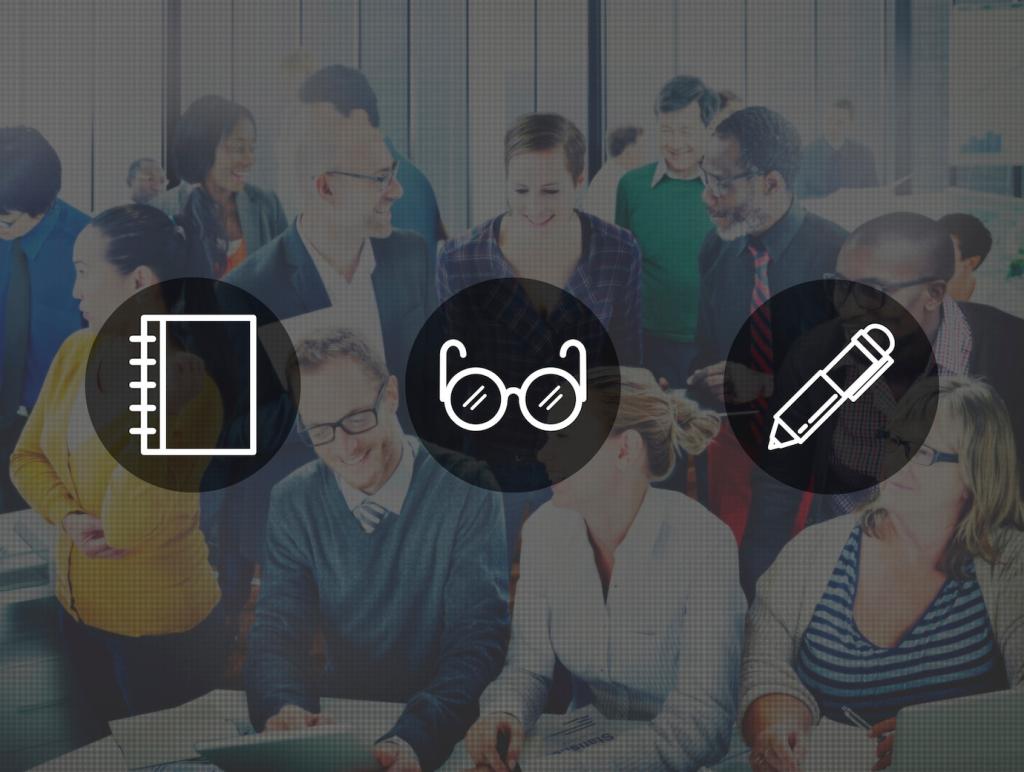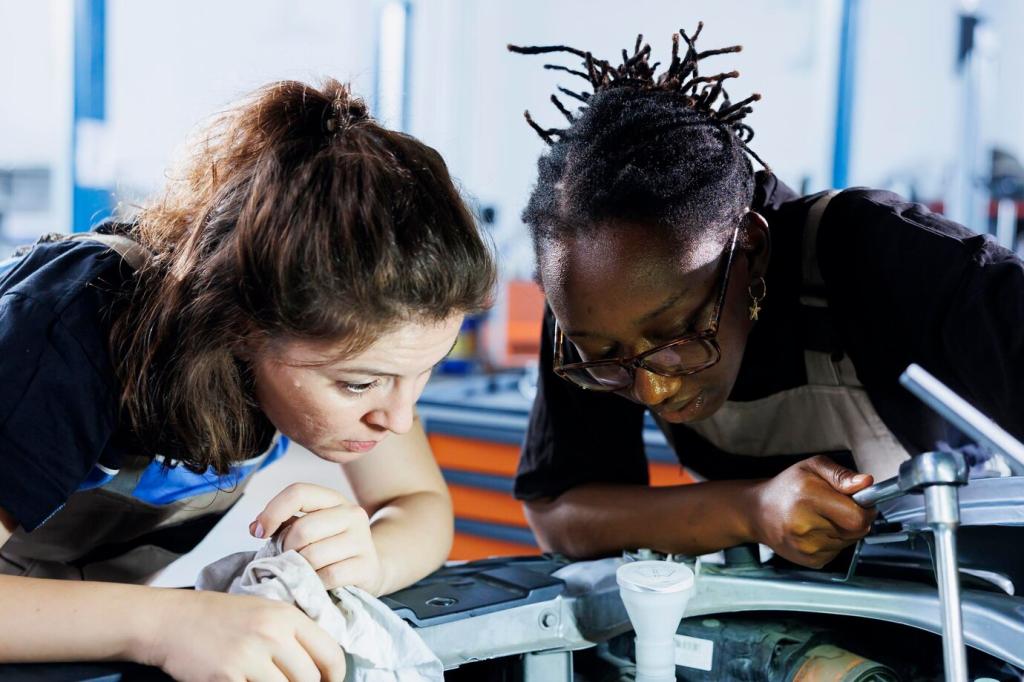
Digital Encyclopedias: Bridging the Gap in Education
Today’s chosen theme is Digital Encyclopedias: Bridging the Gap in Education. Step into a world where knowledge is living, inclusive, and instantly searchable. Together we’ll explore how digital reference tools empower learners, teachers, and communities. Share your perspective and subscribe for fresh stories, tips, and case studies.
Why Digital Encyclopedias Matter Now
Digital encyclopedias reduce geographical and financial barriers, placing expertly curated articles within reach of any connected learner. When sources are accessible on phones and tablets, curiosity no longer waits for library hours or limited print copies.
Why Digital Encyclopedias Matter Now
Unlike print editions that age the moment they ship, digital encyclopedias are continually updated. Students can trace changes, review revision notes, and compare past and present thinking, learning how knowledge grows and self-corrects over time.


Classrooms Transformed by Living Reference
Blended Learning That Breathes
Pair digital encyclopedias with hands-on experiments or debates. Assign readings before class, then use lesson time for discussion and creation. Tell us how you balance screen-based research with active projects that make facts meaningful.
Inquiry Becomes the Lesson Plan
Start with a student question and let the encyclopedia guide inquiry. Hyperlinks turn curiosity into a route map, helping learners justify claims with citations and avoid rabbit holes by using curated topic collections.
Teachers as Curators, Not Gatekeepers
Instead of guarding a single definitive source, educators curate article sets at varied reading levels. Share a classroom story: which curated path unlocked understanding for a struggling reader or challenged an advanced learner?
From Rural Libraries to Smartphones
In one rural school, weekend access to a community router let students download encyclopedia articles for offline reading. On Monday, they returned with notes, questions, and confidence—a small ritual that changed participation and pride.

Credibility, Curation, and Critical Thinking
Teach students to check article histories, update logs, and expert contributions. Understanding how entries are reviewed builds trust and helps learners distinguish curated reference from unchecked opinion or algorithmic noise.
Credibility, Curation, and Critical Thinking
Show how citations anchor claims to original research. Assign a mini-hunt: follow footnotes from encyclopedia entry to source. Then discuss what changed when reading the primary material, and how context sharpened understanding.

Designing for Curiosity
Model branching exploration: start with a core concept, follow three links, and return to summarize the journey. Reflect on what surprised you and which connections felt most meaningful for your learning goals.
Measuring Impact Without Losing Soul
Track time-on-page, topic diversity, and citation usage rather than only quiz scores. Share anonymized trends with students so they can set goals, reflect on habits, and take ownership of their learning journeys.

Measuring Impact Without Losing Soul
Profile a class that raised history scores by pairing timelines with encyclopedia entries. Another used science articles to plan experiments, then wrote public explanations—learning accelerated because knowledge felt practical and shared.
Evaluate readability, update cadence, editorial transparency, accessibility features, and exportable citations. Try a pilot with a small group, then collect feedback before committing. Tell us what criteria matter most in your context.
Getting Started and Staying Engaged
Join our mailing list
